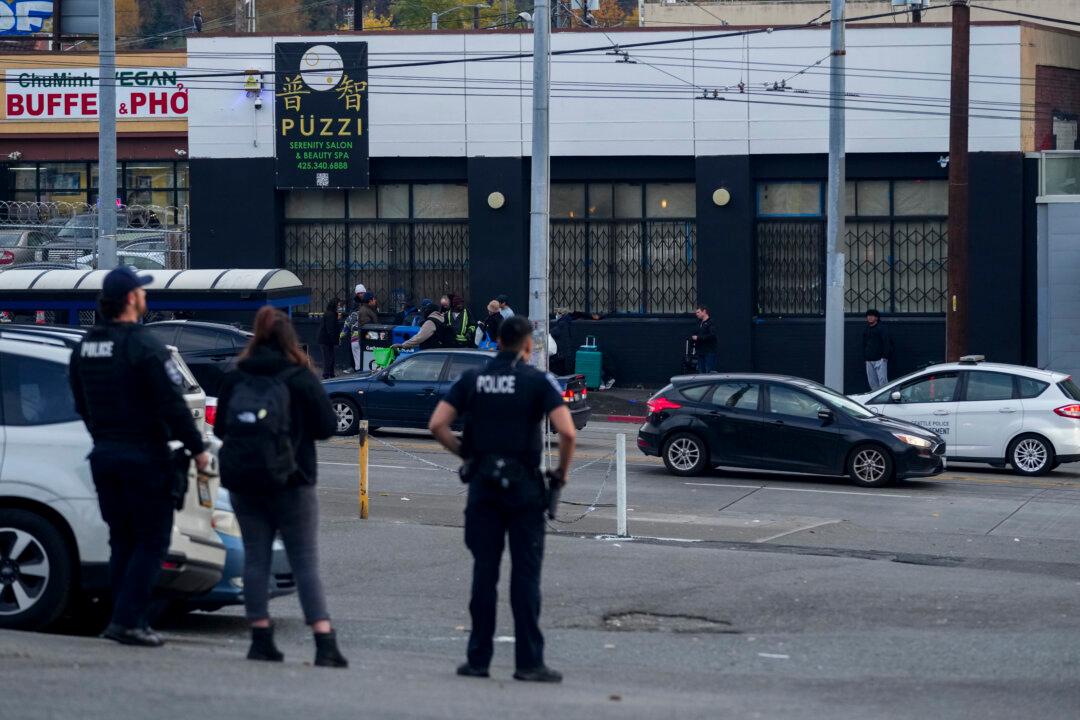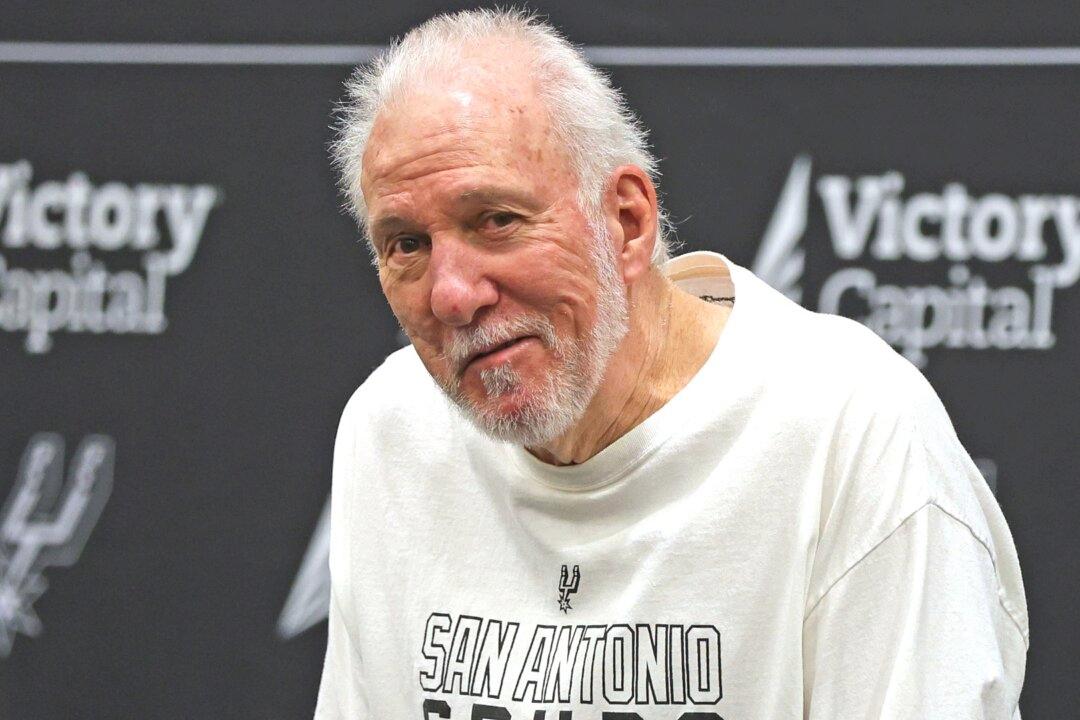The USS Theodore Roosevelt has returned to sea and is conducting military operations in the Pacific region after the CCP (Chinese Communist Party) virus sidelined the nuclear-powered aircraft carrier for about 10 weeks.
About a fifth of its 4,800 sailors got infected with COVID-19, the disease caused by the virus. The aircraft carrier made headlines in early April after the previous commander, Captain Brett Crozier, was relieved of duty for a breach of protocol when asking Pentagon leaders to pull crew off the carrier that had reported an outbreak of the virus.





